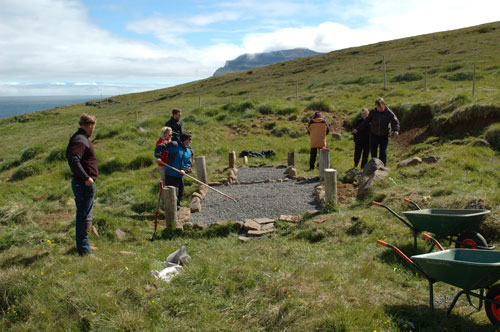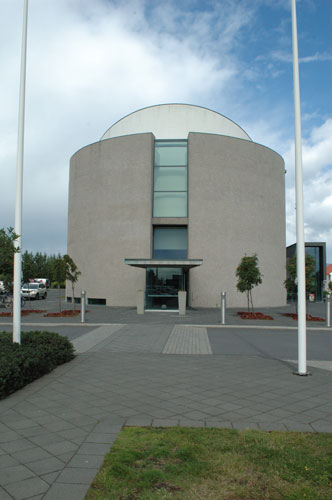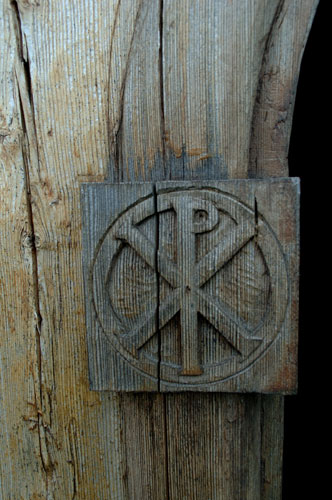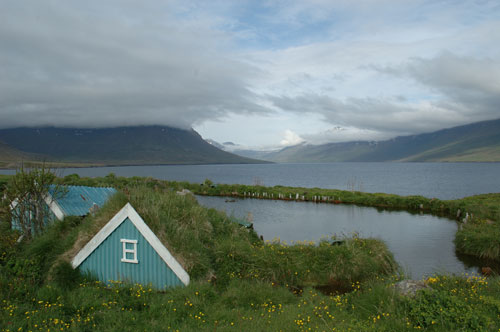At the end of June, I took part in an Innovation in Cultural Heritage Interpretation (ICHI) exchange in East Iceland funded annually by the European Leonardo da Vinci Programme. Designed for Scottish heritage professionals to gain a better understanding of international developments and working practices in their field, the exchange provided a unique opportunity to discuss project working and partnerships with international colleagues in a spectacular location.
The trip itself was centred around Skálanes, a remote nature reserve in East Iceland which experiments in sustainability and educates visitors on the important connection between nature and people in Icelandic culture. Run from a restored traditional Nordic farmhouse and fairly unique in Iceland, Skálanes is involved in a diverse range of ongoing projects, providing access and facilitating current thinking on ecology, natural history, geology, archaeology, conservation, traditional skills and Icelandic history.

From this base, the exchange group visited regional museums and reconstructed buildings, exhibitions and local art institutes, as well as meeting a variety of people responsible for the preservation and interpretation of Icelandic heritage and collections. Meeting the exhibition development team at the National Museum of Iceland in Reykjavik was particularly interesting and an opportunity to discuss their capital redevelopment project, which concluded in 2004.

Learning about Icelandic culture was naturally a major part of this exchange. Through handling collections at the East Iceland Heritage Museum, learning about turf wall construction, discussing the very real possibility of the existence of mountain trolls, and tentatively sampling dried salt fish, we got a pretty rounded experience of Icelandic life, past and present!

We also got stuck into plenty of hands-on work, consolidating and interpreting the excavation site of an early Christian church at Þórarinsstaðir, and assessing interpretation methods with the archaeological team at Skriðuklaustur (the excavation site of a pre-Reformation monastery). Volunteer groups such as ours are, we discovered, an invaluable resource in Iceland, where domestic volunteer working is virtually non-existent and the Archaeological Heritage Agency of Iceland significantly under-resourced. Working at the practical face of their heritage sector demonstrated how well funded the UK is by comparison, and encouraged much discussion about how we can all work more efficiently and effectively.

The overwhelming response at the end of the exchange was acclaim for the willingness of the Icelandic heritage sector to work in partnership in order to drive projects forward. Despite the lack of volunteer support and central funding, we experienced a culture of initiatives ‘coming from below’, the result of which is a creative and dynamic sector in terms of project working and problem solving; where communities continue the work once ‘the professionals’ are gone. Although community engagement is admittedly new in many areas, local involvement is the key success factor in the completion and continuation of many of their projects.
I have taken away many ideas for future partnership working in Scotland and the UK, and have genuinely been inspired by the proactivity, pragmatism and unique culture I experienced in East Iceland.
Photos courtesy of Sheena Irving AV.
